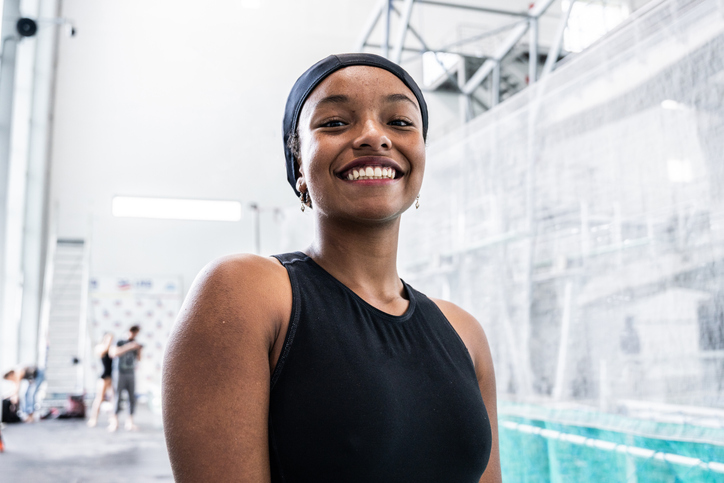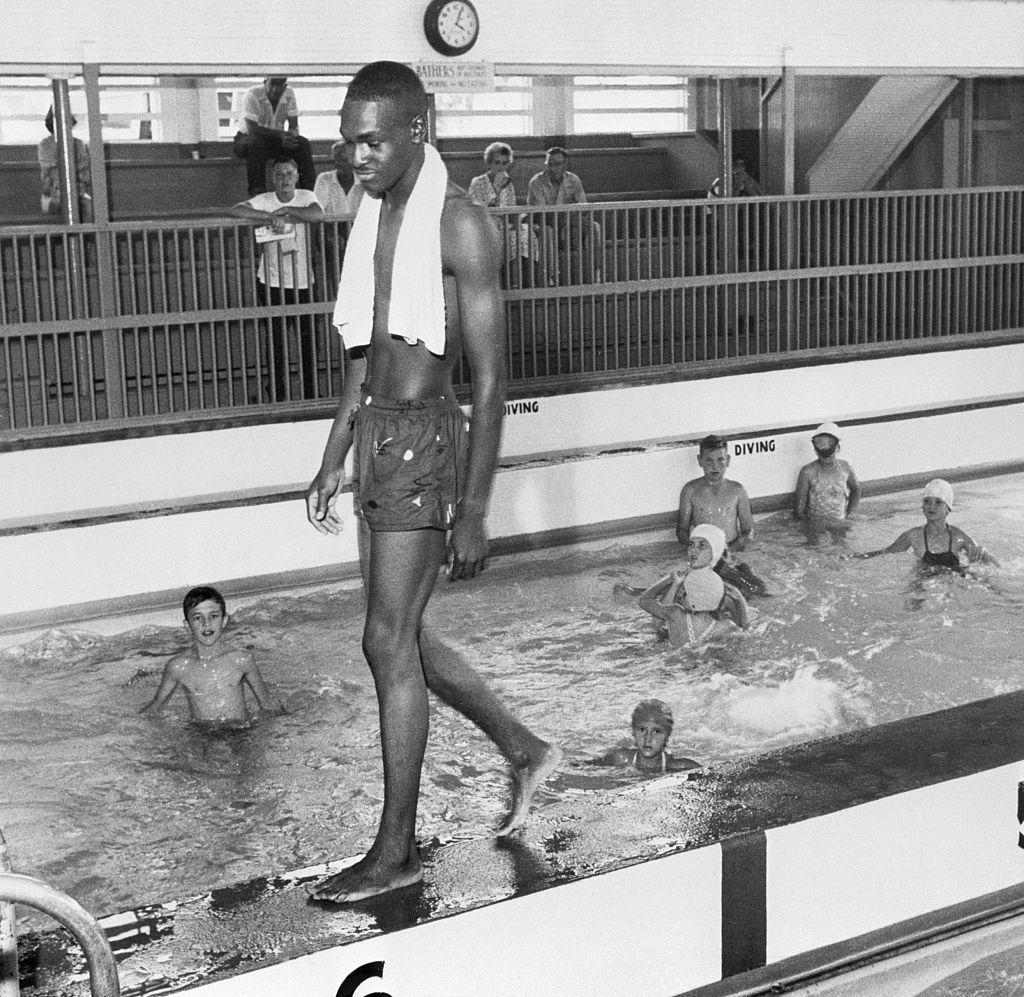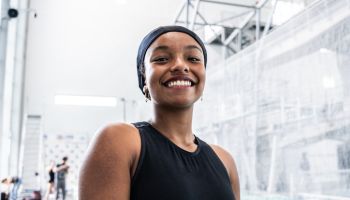Black youth have a high risk of drowning.
Years of segregation at public pools and increased privatization of swimming lessons have left many Black Americans fearful of the water. Sadly, those barriers are beginning to have long-term consequences on the generation of today. According to the YMCA, 64 percent of Black American children cannot swim. Black children are also three times more likely to die from drowning than other races.
“To improve swimming abilities in Black and Latine communities, we need to address swim comfort and skills for both parents and their children,” Michelle Macy, an author behind the Northwestern study said. “Expanding access to pools and affordable, culturally tailored water-safety programs are critically important strategies to help eliminate racial disparities in child drownings.”
There is a lack of representation in professional swimming sports, but there are a number of trailblazers working to bring change to the world of swimming.
In recent years, efforts have been made to break this cycle of exclusion. Community organizations, educational programs, and initiatives focused on water safety and swimming education have emerged, aiming to provide access and opportunities for marginalized communities to learn how to swim.
In 2020, British swimmer Alice Dearing became the first Black British woman to compete at the Olympics. The 26-year-old athlete is doing her part to bring inclusion and representation to the industry. The open-water champion is also the founder of the Black Swimming Association which advocates for diversity in aquatics.
Swimming caps have historically posed challenges for athletes of color. Traditional swim caps are often smaller and tailored for individuals with thinner hair, making it tough for swimmers with natural hairstyles like locs, braids, or kinky curls to shield their hair from water and chlorine damage. The absence of suitable swim gear has pushed some swimmers of color to the brink of leaving the professional sport.
Launched in 2017, SOUL CAP is the brainchild of Toks Ahmed and Michael Chapman. The duo created the swim cap to accommodate Black swimmers and individuals with thick and voluminous hair. The company was delivered a major setback in 2021 after FINA banned the use of their inclusive swim caps at competitions.
Initially, the association argued that athletes competing at the Olympics and other international competitions “never used” and were not required to wear “caps of such size and configuration.” Thankfully, FINA dropped the ban in 2022.
“So many people in my family did not learn how to swim because, you know, their hair wouldn’t stay straight, or it’d be too unruly, or whatever,” Division 1 swimmer Erin Adams told the New York Times about FINA’s discriminatory ban.
“So I always had braids in my hair when I was younger, and I don’t know why it just didn’t bother me that my hair was different than my peers in swimming. We’re always policed on what we can wear and what our bodies are looking like, and what our hair is looking like. They’re just trying to make it difficult for us to have ease when participating.”
The post Breaking Down The Stereotype: Why Can’t Black People Swim? appeared first on NewsOne.
Breaking Down The Stereotype: Why Can’t Black People Swim? was originally published on newsone.com


















